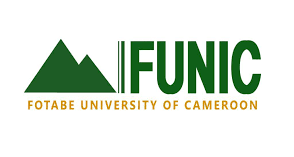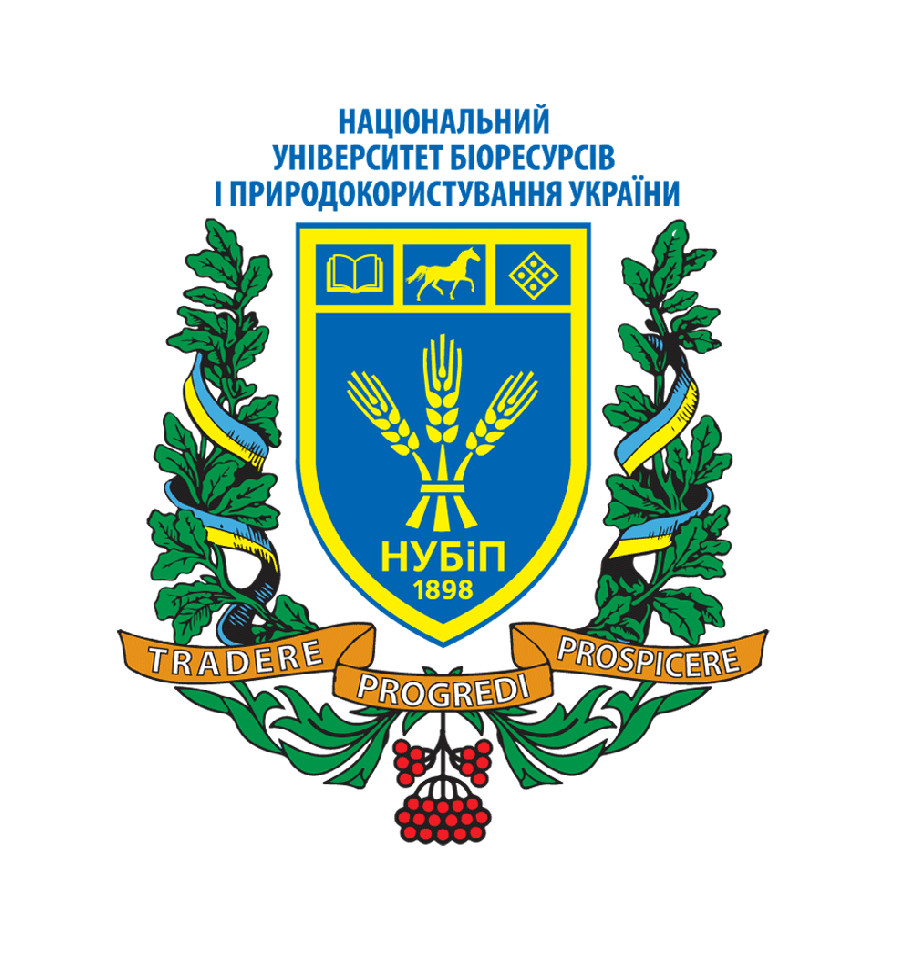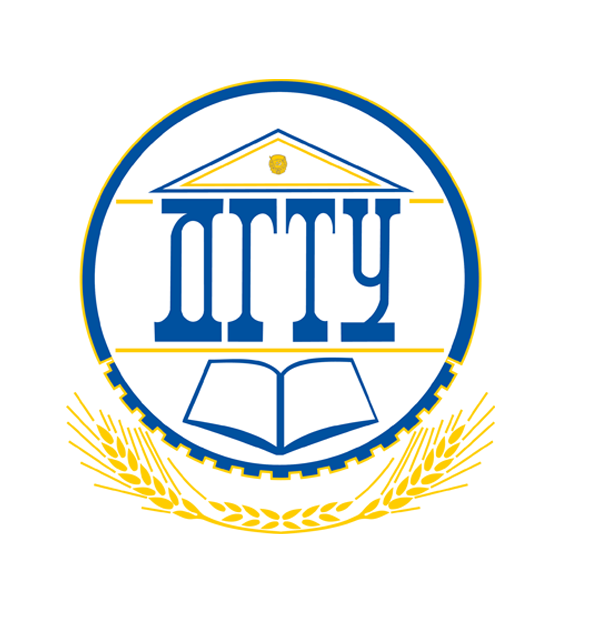The Influence of Household Dynamics on Ruminant Livestock Production Systems and the Kakamega Forest Ecosystem, Kenya
Palavras-chave:
Forage, Fodder Crops, Household Dynamics, Kakamega Forest, Livestock Management, Ruminant LivestockResumo
The dynamics of households significantly influence the management of ruminant livestock within the Kakamega forest ecosystem, particularly in response to the challenges posed by climate change. This, in turn, has both direct and indirect effects on the Kakamega forest ecosystem. This study sought to determine the influence of the household dynamics on ruminant livestock production systems and the Kakamega forest ecosystem, Kenya. The study was grounded in the Ecological Systems Theory. The study employed a correlational research methodology. The study used a structured questionnaire to obtain data from 298 household heads selected using simple random sampling from a population of 26,079 households by administering a structured questionnaire to capture the household’s demographics and ruminant livestock production strategies within the Kakamega forest ecosystem covering the three Counties of Vihiga, Kakamega and Nandi. The researchers used the purposive sample technique to carefully select key informants from a preset list of stakeholders.The analysis of the data was conducted using both descriptive and inferential statistical methods. The findings revealed that, Majority (75%) of the households totally depended on the forest for communal grazing. Out this 60% graze their livestock in the forest for the whole year, while 40% grazed for about 8 months. The 25% of the households who did not enter their livestock into the forest still harvested forage to feed their livestock at home. Inadequate feed throughout the year was identified as a key limitation influencing cattle raising in all catchment regions (Makuchi 60%, Cheboite 58%, and Shamiloli 56%). Forage shortage was especially severe during the dry season (January to March) and the lengthy rain season (April to August), when crops were planted on farms.The primary factors influencing the Kakamega Forest Ecosystem are agricultural expansion and grazing, as seen by changes in land size before and after livestock farming. This research concluded that degradation of forest vegetation is notably extensive in Vihiga and Kakamega County, as well as the surrounding areas, where nearly all accessible land is utilized for cultivation or pasture. Based on the findings, the research suggests that feed conservation technology be promoted, and that a ruminant livestock management plan based on the Tropical Livestock Unit (TLU) be implemented, backed by suitable livestock regulations. The principal restoration and conservation technique proposed was to grow fodder crops and agroforestry trees on farms, use a participatory community approach to regulate grazing, and store agricultural leftovers to lessen strain on the forest, particularly during the dry season.
Publicado
Como Citar
Edição
Secção
Direitos de Autor (c) 2025 Henry S. Anjila, Jacob W. Wakhungu, Alice Ndiema

Este trabalho encontra-se publicado com a Creative Commons Atribuição-NãoComercial 4.0.
Artigos mais lidos do(s) mesmo(s) autor(es)
- David W. Nanyende, Donald S. Namasaka, Ferdinand N. Makhanu, Jacob W. Wakhungu, Risk Factors for Leptospirosis in Rural Communities of Bungoma County, Kenya: A Cross Sectional Survey , African Journal of Empirical Research: Vol. 5 N.º 1 (2024): Jan-Mar 2024
- Douglas Atamba Miima, Edward Musungu Mugalavai, Jacob W. Wakhungu, Freshwater Aquaculture and Household Performance in Busia County, Kenya , African Journal of Empirical Research: Vol. 4 N.º 2 (2023): Jul-Dec 2023
- Mary Lusike, Jacob Wakhungu, Alice Ndiema, Mobile Phone-Enabled Services Relevant for Accessing Agricultural Information by Smallholder Farmers in Bungoma County, Kenya , African Journal of Empirical Research: Vol. 5 N.º 2 (2024): Apr-Jun 2024
- Mary Lusike, Jacob Wakhungu, Alice Ndiema, Annette Okoth, Factors Influencing the Use of Mobile Phone-Enabled Services in Accessing Agricultural Information by Smallholder Farmers in Bungoma County, Kenya , African Journal of Empirical Research: Vol. 4 N.º 2 (2023): Jul-Dec 2023























